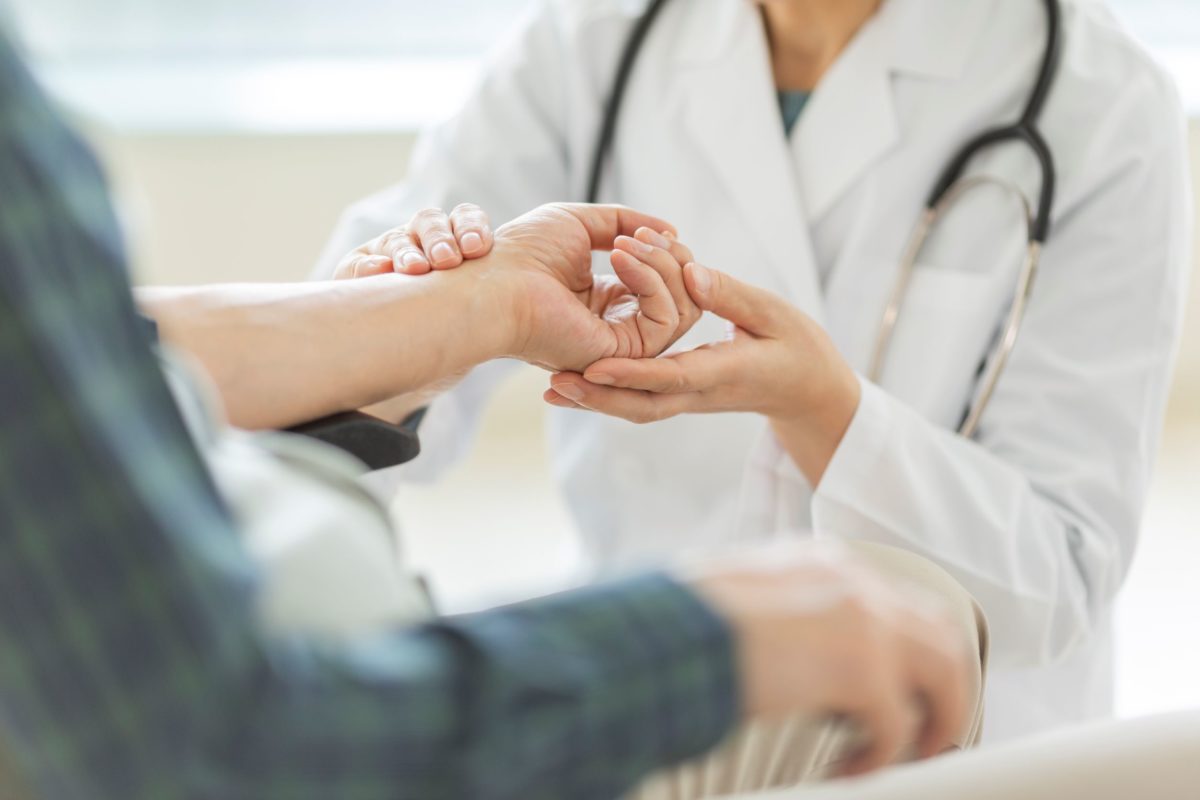You clip them one day. They’re back two days later.
You chip one one day. It’s back to normal within a day.
You hit one with a hammer, and the bruise goes away within a few weeks.
You overdo your manicures to the point that the nails become thinner, and they’re back to normal within a month.
You paint them one day … ok, well, that one doesn’t make the nail shorter or thinner, but it’s still one of the many things your nails go through in your lifetime — and yet they’re among the most resilient parts of our bodies.
How in the world? How does it happen? How do nails grow back so easily and look relatively the same? Is there a secret magic chamber hiding in our third knuckles? … And why, oh why, can’t our teeth do the same thing?
How Do Nails Grow Back?
How nails grow back is essentially about science.
Nails start out as living cells, which is why they continue to grow, but they harden and die once they become the nails that we see. That’s why it doesn’t hurt when we clip or file them.
Nails are made of a substance called keratin, which is the same thing that our hair is made of. And that makes sense. Both continue to grow throughout our lives, barring a significant injury or medical conditions.
The cuticles on our fingers and toes serve to protect the roots of the nails, which sit behind the cuticles. The root, or matrix, is a pocket of flesh that is connected to blood vessels that supply the nail with nutrients it needs to make new cells.
Fun fact: A fetus starts to grow nails when it is only 20 weeks old, and the baby’s tiny toes and little fingers have full nails by the time it’s born.
So, no, unless you’re Penn or Teller, there’s no magic in your hands — but the resiliency of our nails is still fascinating.
Can You Completely Lose a Fingernail?
Nails almost always grow back, and that’s the case even after accidentally whacking one with a hammer. It might look a little different, but typically you will get it back.
The reason for that is because it would actually be challenging to get under the root of the nail to the matrix in a manner that damages it for life. It’s a tough little pocket.
Only in very rare circumstances is the entire matrix damaged for good, and if that happens, the nail won’t grow back.
To answer your question about teeth — teeth are not made of keratin, and they’re not even “bone,” contrary to popular belief. They’re made up of enamel, dentin, cementum, and pulp.
So, no, as we humans are today, we can’t grow our teeth back … yet. It’s a nice little dream, though, isn’t it?














